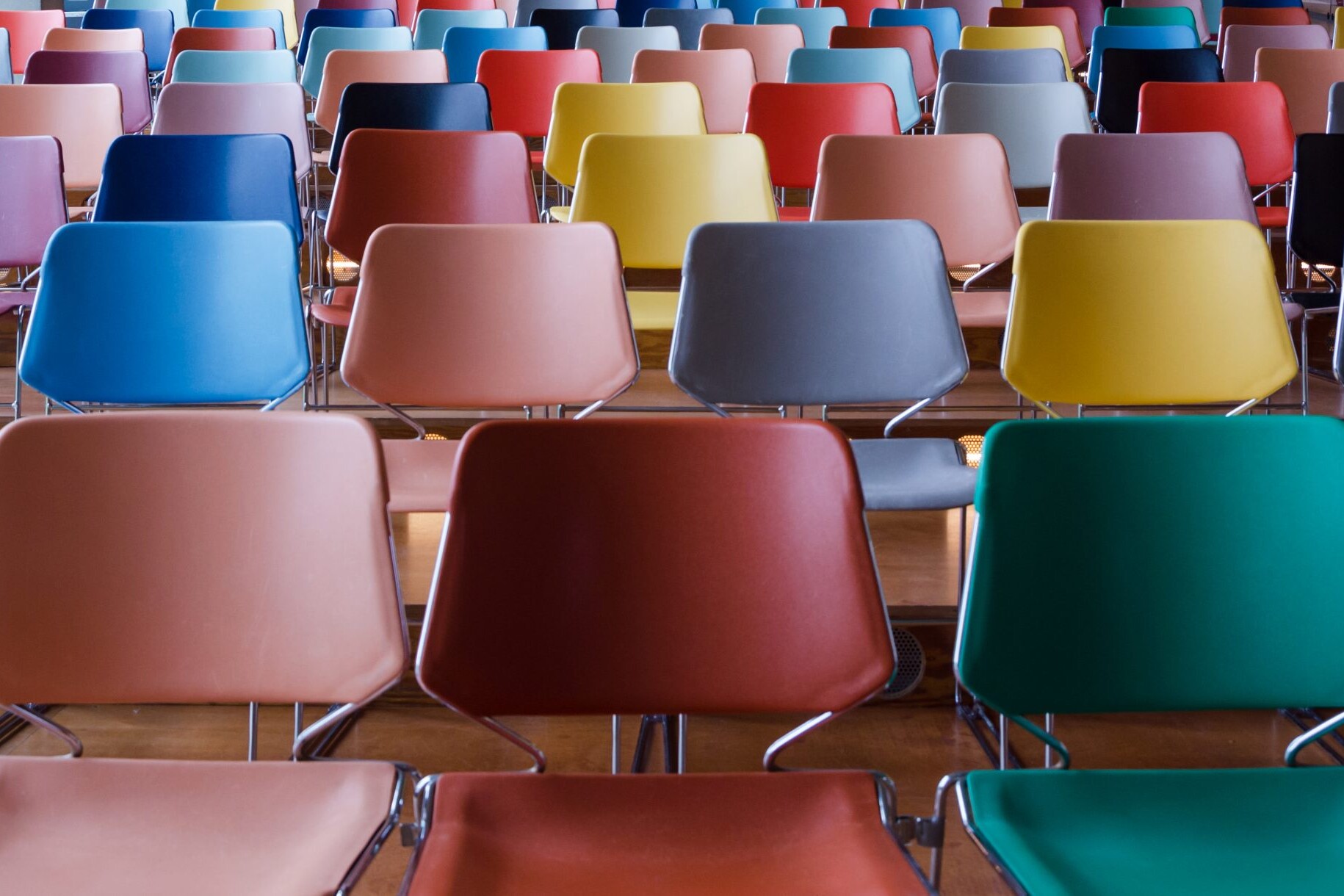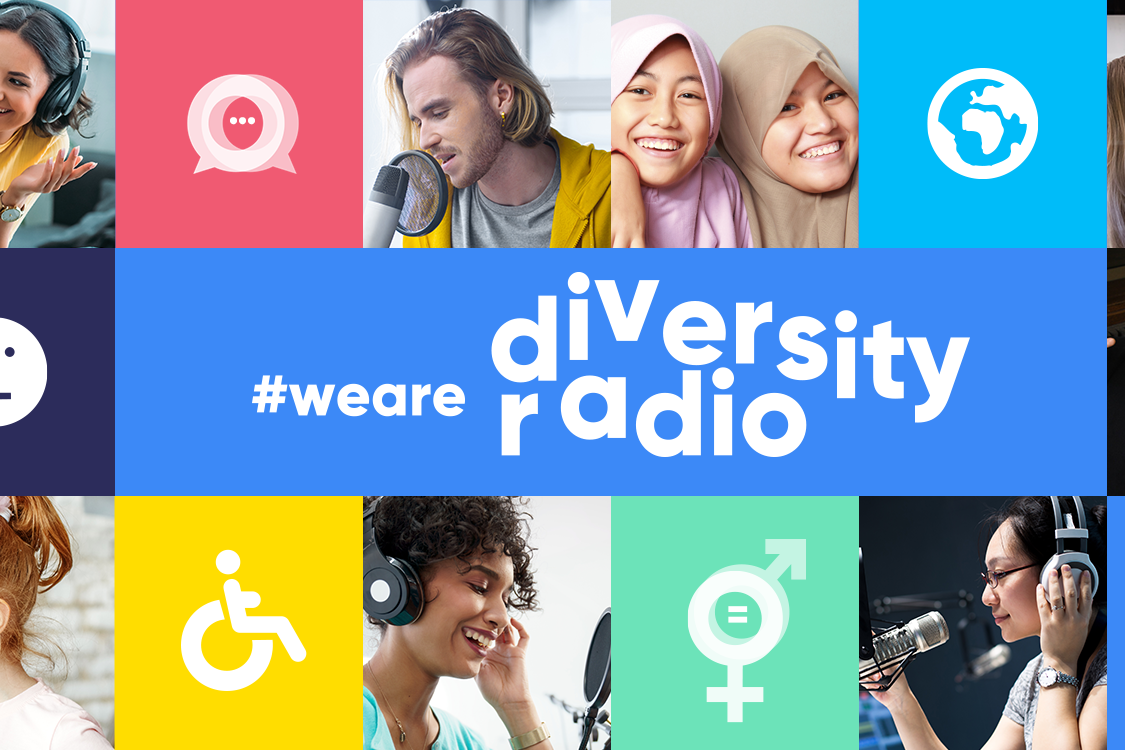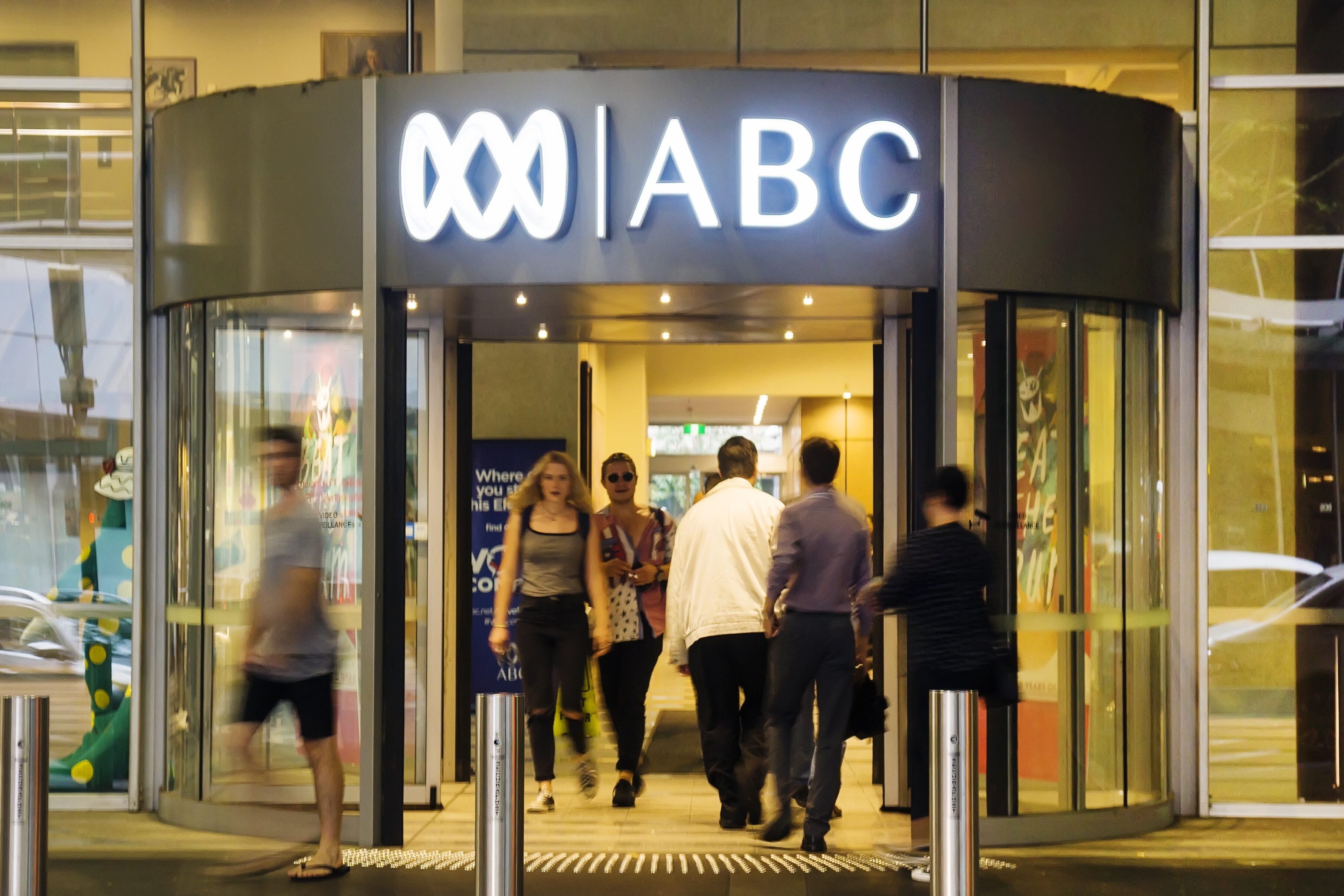How have public media provided accessible information about the coronavirus pandemic for people living with disabilities?
By Chloe Howcroft
As part of their core mandates to provide universal access to all members of the public, public media organisations must create and adapt their content and services to meet the needs and interests of everyone in society. This helps to encourage social cohesion, inclusivity, acceptance and understanding within communities.
This role has been no better demonstrated than during the COVID-19 pandemic when access to quality, fact-checked information has been vital to help curb the spread of the virus. But in some cases it has been challenging to provide information to some individuals living with certain disabilities such as visual or hearing impairments, especially during lockdowns.
According to a UN finding, persons with disabilities have been disproportionately affected by the virus outbreak yet they “have often been excluded from health information and mainstream health provision.” The finding also highlighted that young people with disabilities have been particularly affected during national lockdowns, with some struggling to access the remote learning materials provided by school programmes and education systems, as demonstrated in this report by North Carolina Public Radio.
Of course, the term disability covers a broad array of situations and covering all forms of disability is beyond the scope of this single report. Instead this report will highlight just some of the challenges and shortfalls of public media as well as successes in fulfilling inclusivity and accessibility mandates during the COVID-19 pandemic.
The shortfalls and challenges
Despite growing investment in recent years, the evolving pandemic has posed a particular challenge to public media in providing timely content that is accessible to people living with disabilities. During some lockdowns, governments and broadcasters have been critiqued for their lack of accessible formats when disseminating important information and updates about COVID-19.
In April, Zimbabwe’s national broadcaster, ZBC, was sued by three organisations representing people living with disabilities for failing to provide accessible COVID-19 information for people with visual or hearing impairments. The organisations called for ZBC to provide sign-language interpreted information and captions both during their national lockdown and beyond. Other non-profit organisations in the region, such as the Collaboration on International ICT Policy for East and Southern Africa (CIPESA), also reported on the fact that “some key television broadcasts and public service announcements related to COVID-19 have neither sign language interpretation nor sub-titling”, despite enacting laws requiring them to do so.
Deaf campaigners also started a legal case against the UK government for a lack of sign-language interpreters. Since British Sign Language (BSL) and English are different languages, subtitles alone were not sufficient, campaigners argued. Chris Fry from the legal firm, Fry Law, told BBC News that “even though interpreters are available on the BBC News Channel for some briefings, when clips are later replayed they do not feature an interpreter. It also puts the onus on the deaf person to seek out the News Channel when the information is of national importance.”
COVID-19 coverage has also exposed other underlying inequalities, namely representation. But where there have been reports about a lack of female experts in coronavirus coverage, there has been little space given to the lack of representation of people with disabilities. “Advocacy and coverage of the plight of disabled people during the crisis, relative to other groups, has been comparatively sparse,” says Steven Aquino, Diversity and Inclusion reporter at Forbes.
More broadly, in UK media watchdog Ofcom’s 2019 monitoring report, ‘Diversity and equal opportunities in television’, it found that disabled people remained under-represented among the UK’s broadcasters, with no significant improvements from the previous year.
But there are growing commitments towards improving representation across their services. The UK’s public broadcasters – BBC, Channel 4 and ITV – are among the organisations supporting ‘Doubling Diversity’, an initiative led by the Creative Diversity Network to double the percentage of people living with disabilities working in UK broadcasting by the end of 2020. Channel 4 has also expanded some of its initiatives to focus on mental health awareness in its content and programming
Adapting content
The World Federation of the Deaf noted that over 80 governments have been providing sign language interpretations during COVID-19 press briefings, many of which have been provided by public media worldwide. For instance, while Austrian public broadcaster, ORF, has provided sign language broadcasts in their evening news bulletins since 2005, these services were expanded during the Covid-19 pandemic by increasing the number of interpreted current affairs programming and social media live streams.
South Africa’s public broadcaster, SABC, has also been recognised for including South African Sign Language in all of its COVID-19 news broadcasts to cater to the needs of the deaf community. However, as the Chairperson of the Pan-South African Language Board, Dr Tebogo David Maahlamela, considers more broadly, “more still needs to be done to ensure equal inclusion of all language groups across all programming.”
In its widely-acclaimed approach towards curbing the spread of COVID-19, South Korea’s President, Moon Jae-in, vowed that he would strengthen the ways that disabled communities could be informed during disasters. The nation’s largest public broadcaster, KBS, recently announced that it would be working to expand the reach of information in its disaster broadcasting. KBS also operates a dedicated social welfare radio channel for minorities and marginalised people, with programmes dedicated to “sharing the lives of the disabled who are living as independent members of society.” During the pandemic, 3 Radio has continued to provide programming for this interest group with daily news and health updates as well as general life advice and entertainment programmes. In its 2019 Annual Report, the public broadcaster revealed that, in its efforts to transition from a public broadcaster to public service media (PSM), it had improved its “web accessibility and user convenience for video playback to help the disabled access KBS’ web contents without difficulty.”
In neighbouring Japan, national public broadcaster, NHK, has already proven to be a trailblazer in providing life-saving information during crises and emergencies. Now, the public broadcaster is currently working on expanding subtitles, text-to-audio services as well as sign language broadcasts to ensure that people living with disabilities are also catered for.
Read more: NHK’s emergency reporting
Collaborations
While some public media organisations are expanding their in-house capabilities, others are collaborating and partnering with charitable and public media organisations to ensure that the needs of disabled people are met.
At the start of April, ABC Australia partnered with Expression Australia to provide deaf members of the public with greater access to information. Approximately 1-in-6 Australians are affected by hearing loss and there are close to 30,000 Auslan (Australian sign language) users with complete loss of hearing. The Sunday 6pm national news bulletin is now “picture-in-picture Auslan interpreted”, and a portion of the newscast features information specific to deaf Auslan users.
Expression Australia’s CEO, Christine Mathieson, emphasised the importance of access for audiences with hearing impairments at this time saying:
“Like everybody, people who are deaf are experiencing significant concern and anxiety about their health, wellbeing and future prospects during the COVID-19 crisis. This partnership with the ABC is a vital step forward to increase the amount of accessible information to assist people who are deaf to stay connected and informed.”
Israeli public broadcaster, KAN, also offered “nightly broadcasts adapted for people with special needs and language difficulties”, funded by the Ruderman Family Foundation. This functions via “parallel” broadcasting, where the adapted news runs alongside the general news broadcast. According to the Times of Israel, “the parallel news broadcasts aim [to help] the hearing impaired, as well as those for whom the regular news broadcast might be too fast, such as elderly people, new immigrants, and people with cognitive disability.”
A recent initiative by Sveriges Radio involved reaching out to disability interest groups that will help to advise how best Swedish public radio can experiment with improving the quality of its transcriptions and be more accessible for those with hearing impairments. Elle-Kari Höjeberg, Supply Officer for accessibility issues at Sveriges Radio, wrote in a blog post that while SR has researched the use of AI and transcription, she is aware that “there are groups among those with hearing impairments who… cannot fully benefit from our programmes”, especially during the global health crisis.
Other existing collaborations include ‘Move to Include’, a multi-platform collaborative initiative co-founded in 2014 by PBS member, WXXI, and the Golisano Foundation – a foundation dedicated to supporting programmes for people with intellectual disabilities. Now run by several local US public radio stations and funded by the Corporation for Public Broadcasting (CPB), ‘Move to Include’ was “designed to promote inclusion for people with intellectual and physical disabilities” and enable those living with disabilities to share their stories. During the course of the pandemic, the initiative has continued to cover issues in the disabled community, such as how people living with disabilities have been affected by COVID-19.
PBS Vegas has also been providing resources for children with learning difficulties across Nevada via its Special Needs Resource Library amidst school closures during lockdown..
Accessibility beyond the pandemic
Public media remain among the most trusted sources of news worldwide but while their multiplatform reach is extensive, it is important that they continue to recognise both their successes as well as their shortfalls in providing accessible content for audiences living with disabilities.
As lockdowns continue to have a disruptive impact on the capacity of media, there are real opportunities for public media and charitable organisations to collaborate to expand content offerings and share expertise as well as continue to experiment with their in-house capabilities to improve the accessibility of their services.
Yet, around the world, media are facing funding cuts, aggression and violence towards journalists and the curtailing of press freedom by repressive governments. While resources are tighter than ever, strains have been exacerbated by the coronavirus pandemic itself.
While such threats pose serious challenges to public media in maintaining a variety of services, it is more imperative than ever that they continue to show their worth and build trust by reaching and being accessible to diverse audiences, both during the course of the pandemic and beyond.
Header Image: Watching tv and using remote control. Credit: gpetric/iStock
Related Posts
7th July 2020
COVID-19: Amplifying the threats to public media
From political interference to funding…
15th November 2019
ABC Australia releases new inclusivity and diversity plan
The Australian public broadcaster, ABC,…



